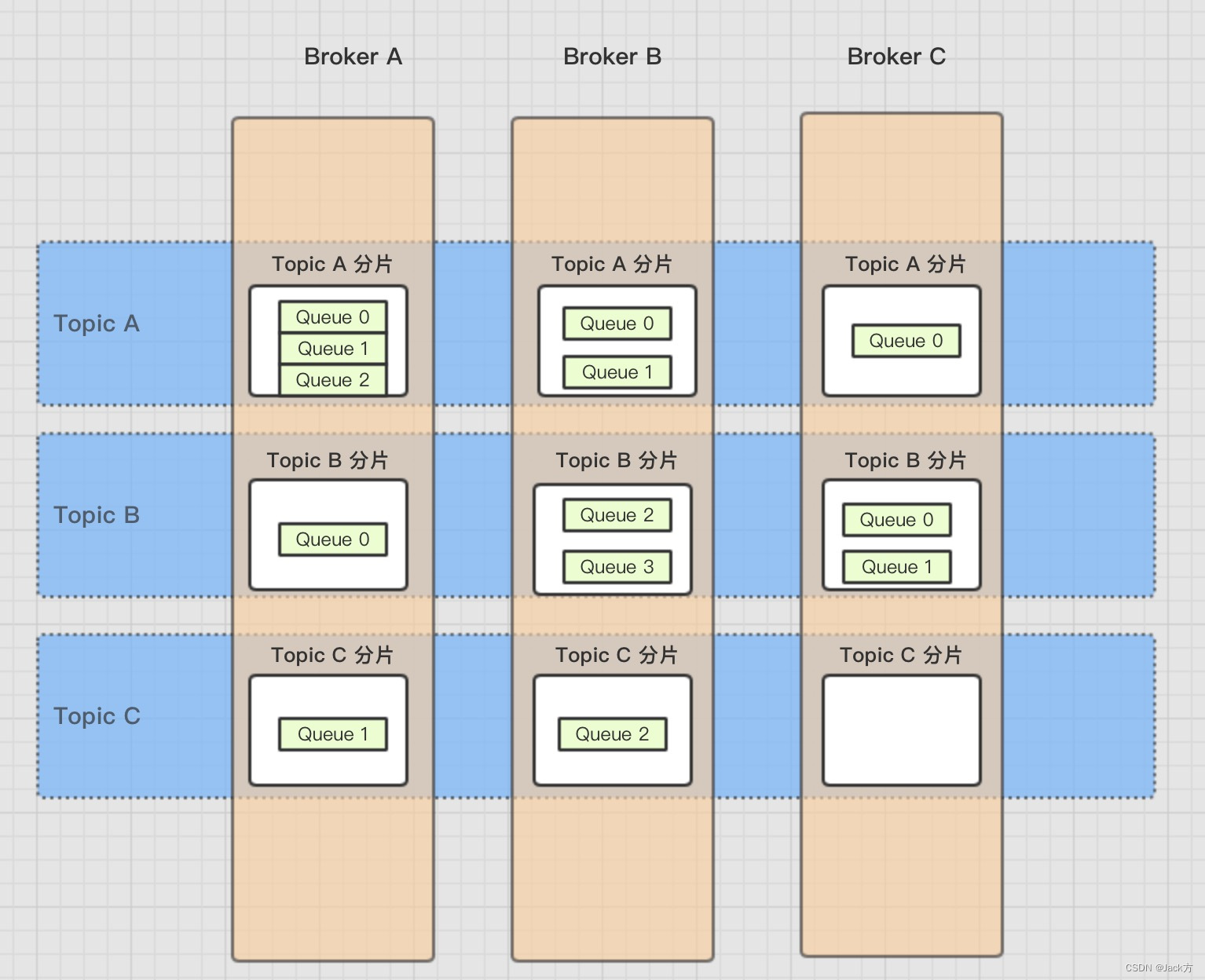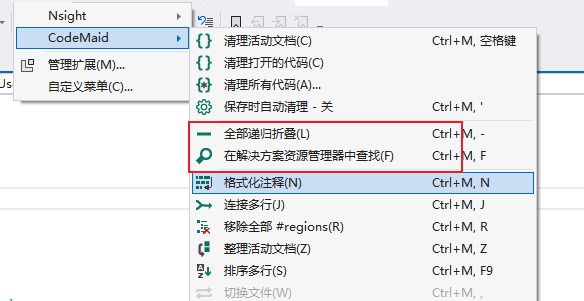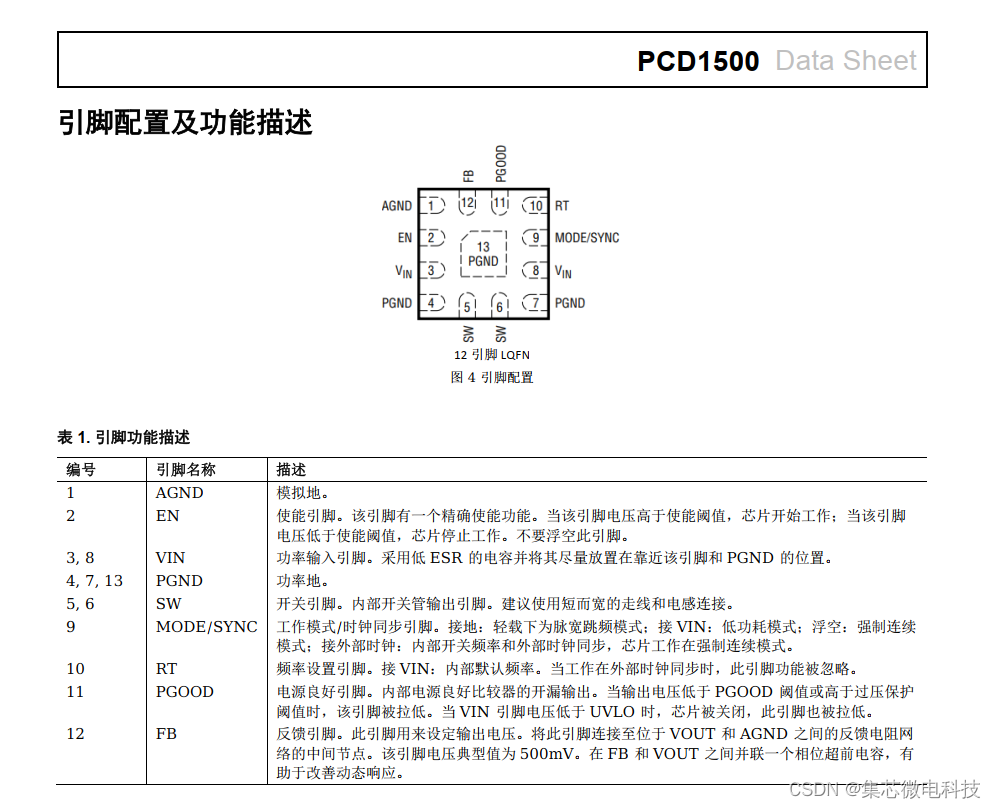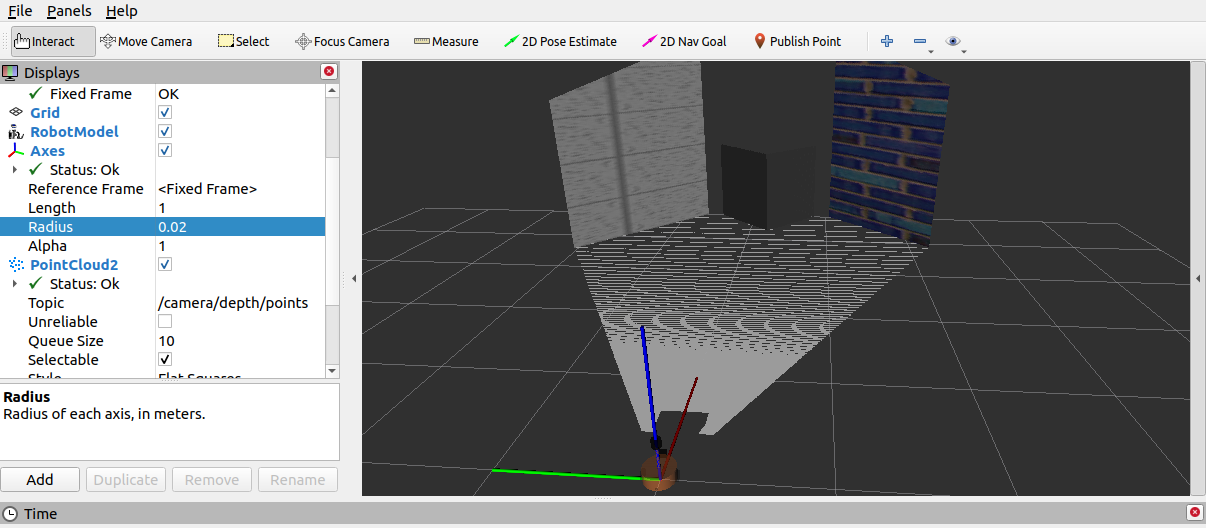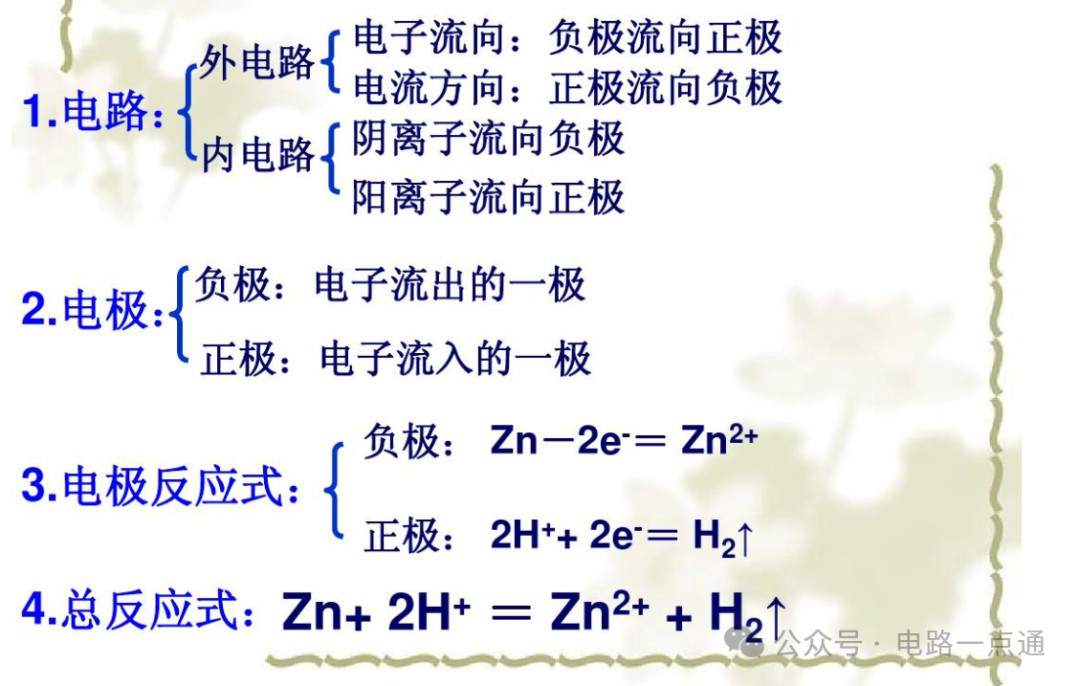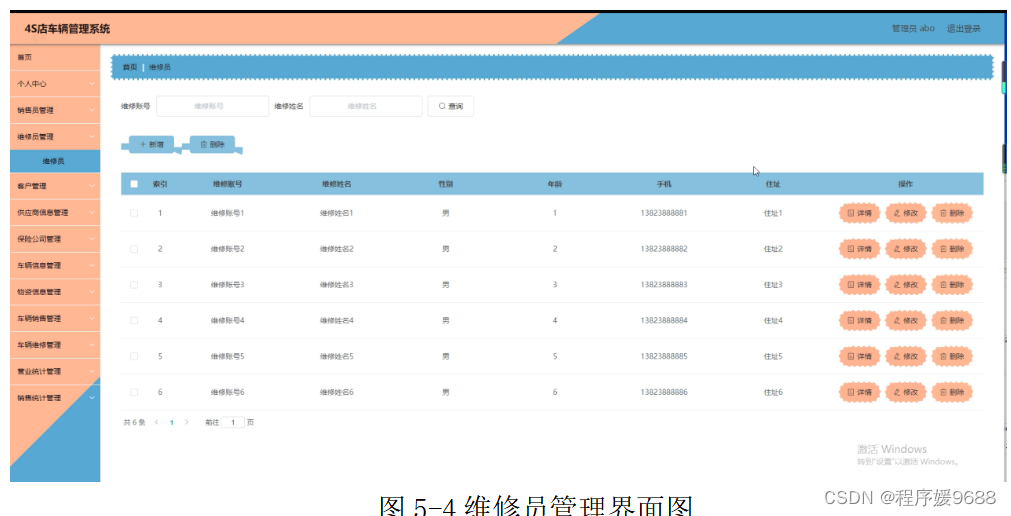
博主首页: 有趣的中国人
专栏首页: C++专栏
本篇文章主要讲解 priority_queue 的相关内容
目录
1. 优先级队列简介
基本操作
2. 模拟实现
2.1 入队操作
2.2 出队操作
2.3 访问队列顶部元素
2.4 判断优先队列是否为空
2.5 获取优先队列的大小
3. 仿函数
仿函数的特点
使用场景
示例代码
仿函数替代函数指针
4.利用仿函数实现优先级队列
5. 有关自定义类型的排序
1. 优先级队列简介
std::priority_queue是一个模板类,定义在<queue>头文件中,它基于堆(heap)数据结构来实现优先队列的功能。默认情况下,std::priority_queue使用std::vector作为其底层容器,并且使用比较器(默认是std::less)来决定元素的优先级顺序。基本操作
入队操作: 使用
push()成员函数将元素推入优先队列中。std::priority_queue<int> myPriorityQueue; myPriorityQueue.push(10);出队操作: 使用
pop()成员函数从优先队列中移除顶部(优先级最高)的元素。myPriorityQueue.pop();访问队列顶部元素: 使用
top()成员函数获取优先队列顶部(优先级最高)的元素,但不会将其从队列中移除。int topElement = myPriorityQueue.top();判断优先队列是否为空: 使用
empty()成员函数检查优先队列是否为空。if (!myPriorityQueue.empty()) { // 优先队列不为空 }获取优先队列的大小: 使用
size()成员函数获取优先队列中元素的数量。int queueSize = myPriorityQueue.size();
2. 模拟实现
其模拟实现的方式也是按照容器适配器的模式来完成的,刚才提到过其底层是堆的形式,那么只需要用vector来模拟实现即可
2.1 入队操作
void adjust_up()
{
int child = _con.size() - 1;
int parent = (child - 1) / 2;
while (child > 0)
{
if (_con[parent] < _con[child])
{
swap(_con[parent], _con[child]);
child = parent;
parent = (child - 1) / 2;
}
else
{
break;
}
}
}
// 大堆
void push(const T& val)
{
_con.push_back(val);
adjust_up();
}2.2 出队操作
void adjust_down()
{
int parent = 0;
int child = (parent * 2) + 1;
while (child < _con.size())
{
if (child + 1 < size() && (_con[child] < _con[child + 1]))
{
++child;
}
if (_con[parent] < _con[child])
{
swap(_con[parent], _con[child]);
parent = child;
child = (parent * 2) + 1;
}
else
{
break;
}
}
}
void pop()
{
swap(_con[0], _con[_con.size() - 1]);
_con.pop_back();
adjust_down();
}2.3 访问队列顶部元素
T& top()
{
return _con.front();
}2.4 判断优先队列是否为空
bool empty()
{
return _con.empty();
}2.5 获取优先队列的大小
size_t size()
{
return _con.size();
}3. 仿函数
仿函数是C++中的一个概念,它实际上是一个类或结构体,但其行为类似于函数。仿函数可以像函数一样被调用,因此也被称为函数对象。
仿函数的特点
类似函数: 仿函数实际上是一个类对象,但其重载了函数调用运算符
operator(),使得它可以像函数一样被调用。灵活性: 仿函数可以包含状态,因此可以捕获和存储额外的信息,而这在普通函数中可能很难实现。
可定制性: 仿函数可以根据需要进行定制,比如可以重载不同的函数调用运算符,或者添加额外的成员函数。
使用场景
作为函数对象传递: 仿函数可以作为参数传递给算法函数,这在STL中非常常见。比如,
std::sort函数可以接受一个仿函数来定义排序的顺序。定制排序规则: 当需要对容器中的元素进行排序时,可以使用仿函数来定义排序规则,比如按照自定义的比较方式排序。
条件判断: 仿函数可以用于条件判断,例如在算法中过滤元素时。
示例代码
下面是一个简单的示例,演示了如何定义和使用一个简单的仿函数:
#include <iostream> // 定义一个简单的仿函数 struct MyFunctor { void operator()(int x) const { std::cout << "Value: " << x << std::endl; } }; int main() { MyFunctor myFunc; // 调用仿函数 myFunc(10); return 0; }
仿函数替代函数指针
在许多情况下,仿函数可以替代函数指针,并提供更多的灵活性和可扩展性。
我们知道在C语言中的qsort中,只需要给出两个元素的比较大小的方式,就可以传递函数指针来进行大小的排序,然而在C++中,我们可以传递仿函数,并调用算法库中的sort来进行排序,例如以下的代码:
#include <iostream>
#include <vector>
#include <algorithm>
// 定义一个比较器仿函数
struct MyComparator
{
bool operator()(int a, int b) const
{
return a % 10 < b % 10; // 按照个位数进行排序
}
};
int main()
{
std::vector<int> nums = {15, 30, 25, 12, 7};
// 使用仿函数进行排序
// 传匿名对象
std::sort(nums.begin(), nums.end(), MyComparator());
// 打印排序后的结果
for (int num : nums)
{
std::cout << num << " ";
}
std::cout << std::endl;
return 0;
}
4.利用仿函数实现优先级队列
按照这样的逻辑,我们就可以用仿函数来实现优先级队列,
- 如果按照升序排序,建小堆,传greater比较方式;
- 如果按照降序排序,建大堆,传less比较方式。
template<class T>
class less
{
public:
bool operator()(const T& left, const T& right)
{
return left < right;
}
};
template<class T>
class greater
{
public:
bool operator()(const T& left, const T& right)
{
return left > right;
}
};
template<class T, class Container = vector<T>, class Compare = greater<T>>
class priority_queue
{
public:
void adjust_up()
{
Compare com;
int child = _con.size() - 1;
int parent = (child - 1) / 2;
while (child > 0)
{
if (com(_con[parent], _con[child]))
{
swap(_con[parent], _con[child]);
child = parent;
parent = (child - 1) / 2;
}
else
{
break;
}
}
}
// 大堆
void push(const T& val)
{
_con.push_back(val);
adjust_up();
}
void adjust_down()
{
Compare com;
int parent = 0;
int child = (parent * 2) + 1;
while (child < _con.size())
{
if (child + 1 < size() && com(_con[child], _con[child + 1]))
{
++child;
}
if (com(_con[parent], _con[child]))
{
swap(_con[parent], _con[child]);
parent = child;
child = (parent * 2) + 1;
}
else
{
break;
}
}
}
void pop()
{
swap(_con[0], _con[_con.size() - 1]);
_con.pop_back();
adjust_down();
}
T& top()
{
return _con.front();
}
bool empty()
{
return _con.empty();
}
size_t size()
{
return _con.size();
}
private:
Container _con;
};5. 有关自定义类型的排序
在很多情况下,我们需要对一个自定义类型按照某种形式进行排序,例如,对于一种商品,可能对他的评价、价格、销量等情况进行排序,这个时候我们就可以运用仿函数了。
struct Goods
{
string _name; // 名字
double _price; // 价格
int _evaluate; // 评价
Goods(const char* str, double price, int evaluate)
:_name(str)
, _price(price)
, _evaluate(evaluate)
{}
};
struct compare_price_less
{
bool operator()(const Goods& gdp1, const Goods& gdp2)
{
return gdp1._price < gdp2._price;
}
};
struct compare_evaluate_less
{
bool operator()(const Goods& gde1, const Goods& gde2)
{
return gde1._evaluate < gde2._evaluate;
}
};
struct compare_name_greater
{
bool operator()(const Goods& gdn1, const Goods& gdn2)
{
return gdn1._name > gdn2._name;
}
};
int main()
{
vector<Goods> v = { { "苹果", 2.1, 5 }, { "香蕉", 3, 4 }, { "橙子", 2.2,
3 }, { "菠萝", 1.5, 4 } };
sort(v.begin(), v.end(), compare_name_greater());
sort(v.begin(), v.end(), compare_evaluate_less());
sort(v.begin(), v.end(), compare_price_less());
return 0;
}

